Pruning Orange Trees: When And How To Prune An Orange Tree
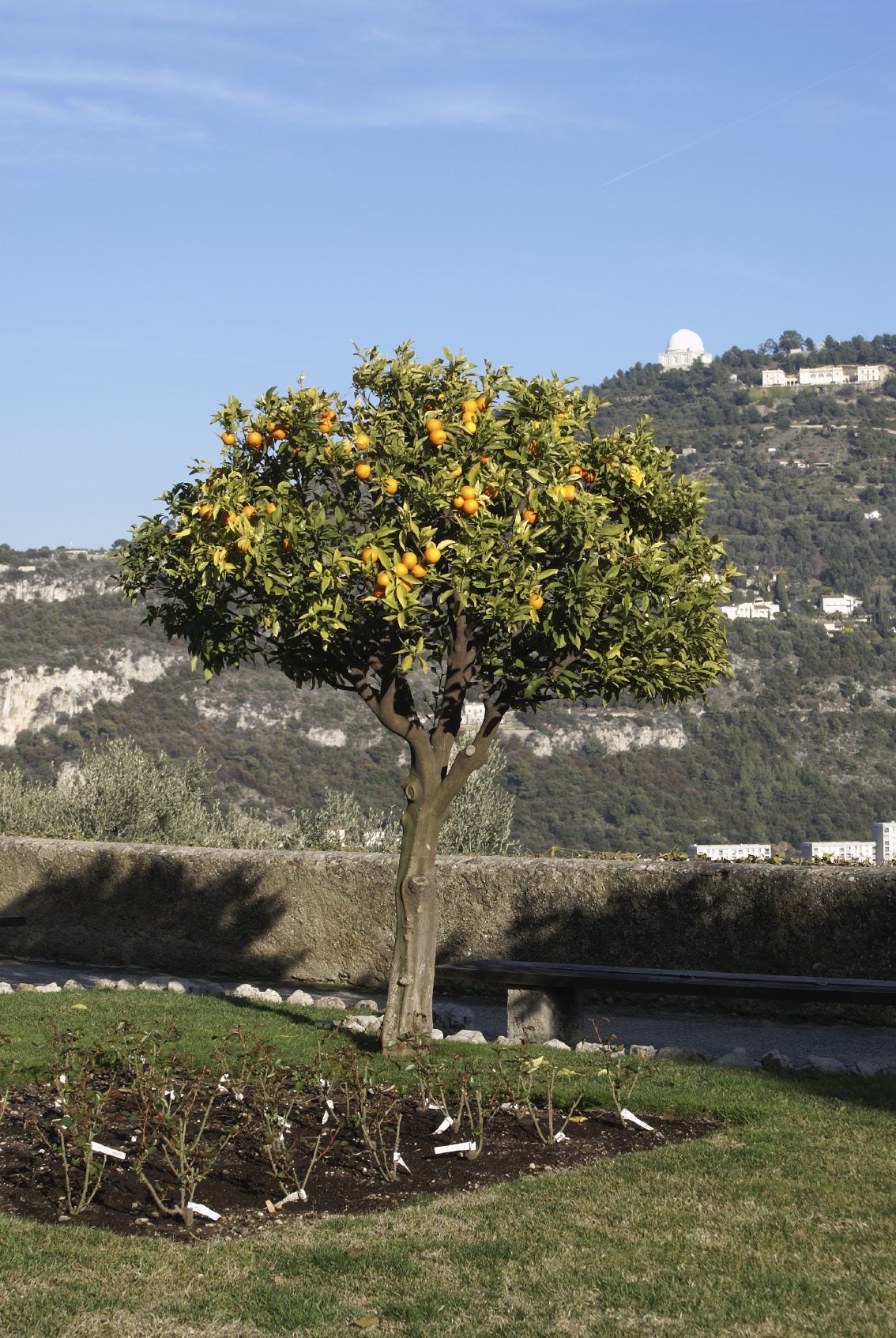
Citrus are evergreen fruit bearers that do not require as much pruning as their deciduous brethren. If left unpruned, however, growth can get vigorous and out of hand, so pruning orange trees will rein in their appearance. How do you go about trimming an orange tree and when is the best time to prune orange trees? Read on to learn more.
Orange Tree Pruning
Why should you prune citrus such as orange trees? Pruning orange trees can improve aeration and increase light through the canopy, thus improving fruit quality and yield. Pruning out water sprouts can improve productivity in some cases as well. Ease in harvesting of oranges and a reduction in potential injury due to falls from ladders are also the results of trimming back an orange tree to reduce its overall height.
Skirt pruning reduces the risk of soil borne pathogens affecting the fruit as well as facilitating weeding and mulch layering. Citrus can be trained as a sheared hedge or espalier through careful pruning. That said, orange tree pruning is not usually necessary except to remove any damaged or diseased limbs. There is no need to prune to thin out fruit unless there is just an overabundance.
Pruning potted oranges is usually not necessary either, as the size of their container usually keeps their growth in check. Again, you want to remove any damaged or diseased branches, lightly snip off suckers that arise below the graft or bud union and keep an open canopy.
When to Prune Orange Trees
If you do decide to prune this citrus tree, plan to do so just prior to bloom time or just after fruit set. For instance, in warmer regions, prune in the spring between February and April; in cooler areas, delay the pruning until late February or March.
Small trimmings, such as removing sprouts, can occur at any time except late in the growing season because it stimulates new growth, which can be damaged by frost. Once you have pruned, protect the area with a 50:50 white interior latex paint and water mixture.
Be sure to sterilize pruning implements in case they have previously come in contact with a contaminant or disease. Now that you know when to prune, the question is HOW to prune an orange tree.
Gardening tips, videos, info and more delivered right to your inbox!
Sign up for the Gardening Know How newsletter today and receive a free copy of our e-book "How to Grow Delicious Tomatoes".
How to Prune and Orange Tree
Sprouts are easy to remove by hand when they are small. If they are too big to easily snap off, use hand pruners. Keep up on removing the sprouts; they should never get so large that you need loppers or a saw to remove them.
If you do have to remove a sprout with loppers, remove it at its base, retaining the branch collar. The collar is the swollen area of trunk that surrounds the base of a branch and protects the tree from decay. Always use sharp, sterilized shears. If you lack the gumption to keep up on sprout removal, the trunk can be wrapped with white cardboard to inhibit their growth. Keep the lower 10 to 12 inches (25-30 cm.) of the tree free from sprouts.
To remove branches, you will need hand pruners or even a saw. Prune the branch flush with the collar, not the trunk. This gives the tree the best chance to heal completely and minimize sprout growth. If the branch is larger than 1 ½ inches (4 cm.) across, use a three-part cut.
- First, select an area 6 to 12 inches (15-31 cm.) out from the collar for your first cut. Saw through one-third of the branch starting on the underside. Known as the undercut, this keeps the bark from tearing.
- Make your second cut about 3 inches (8 cm.) further out from the undercut. Cut all the way through the branch this time until the limb falls away.
- Lastly, cut the resulting stub back to the branch collar. If the cut is smooth, the tree will heal itself and no pruning paint or sealant is needed.
When you are done with your three-part cut, inspect the wood to be sure it is healthy. It should be whitish yellow, like a manila folder. If you see any dark wood, this is an indication that disease still exists and you may need to remove more of the tree, treat it if possible or dispense with it if it is severely affected.

Amy Grant has been gardening for 30 years and writing for 15. A professional chef and caterer, Amy's area of expertise is culinary gardening.
-
 8 Noteworthy Native Azaleas Every Gardener Should Know – And Grow!
8 Noteworthy Native Azaleas Every Gardener Should Know – And Grow!Native azaleas offer brilliant blooms in a range of colors and sizes. Here are a few favorites to get inspired and start working on a native shade garden!
-
 Growing Climbing Roses: How To Create Elegant Displays With Maximum Blooms
Growing Climbing Roses: How To Create Elegant Displays With Maximum BloomsMaster the art of growing stunning climbing roses with this essential guide to creating vibrant, fragrant walls and structures all summer long.
-
 Plants For French Cuisine – Growing French Vegetables In Your Garden
Plants For French Cuisine – Growing French Vegetables In Your GardenA French potager is just a fancy way of saying kitchen garden. Try planting French herbs and vegetables, and in no time you'll be saying bon appétit as you serve your family.
-
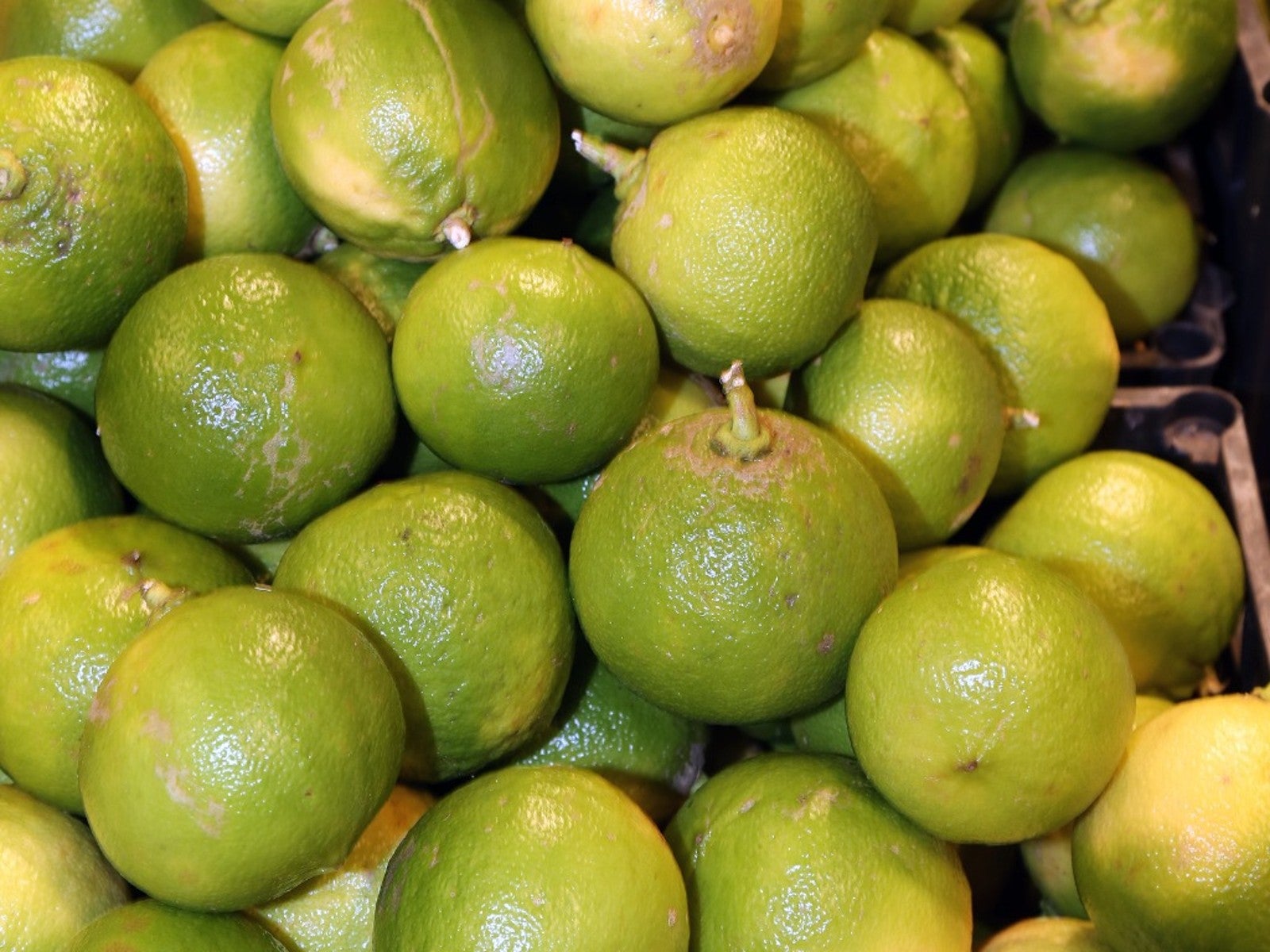 Bergamot Orange Growing Tips – Caring For A Bergamot Orange
Bergamot Orange Growing Tips – Caring For A Bergamot OrangeIf you have ever enjoyed a cup of Earl Grey tea, you know the aroma and flavor of the bergamot orange fruit. Read on for more.
-
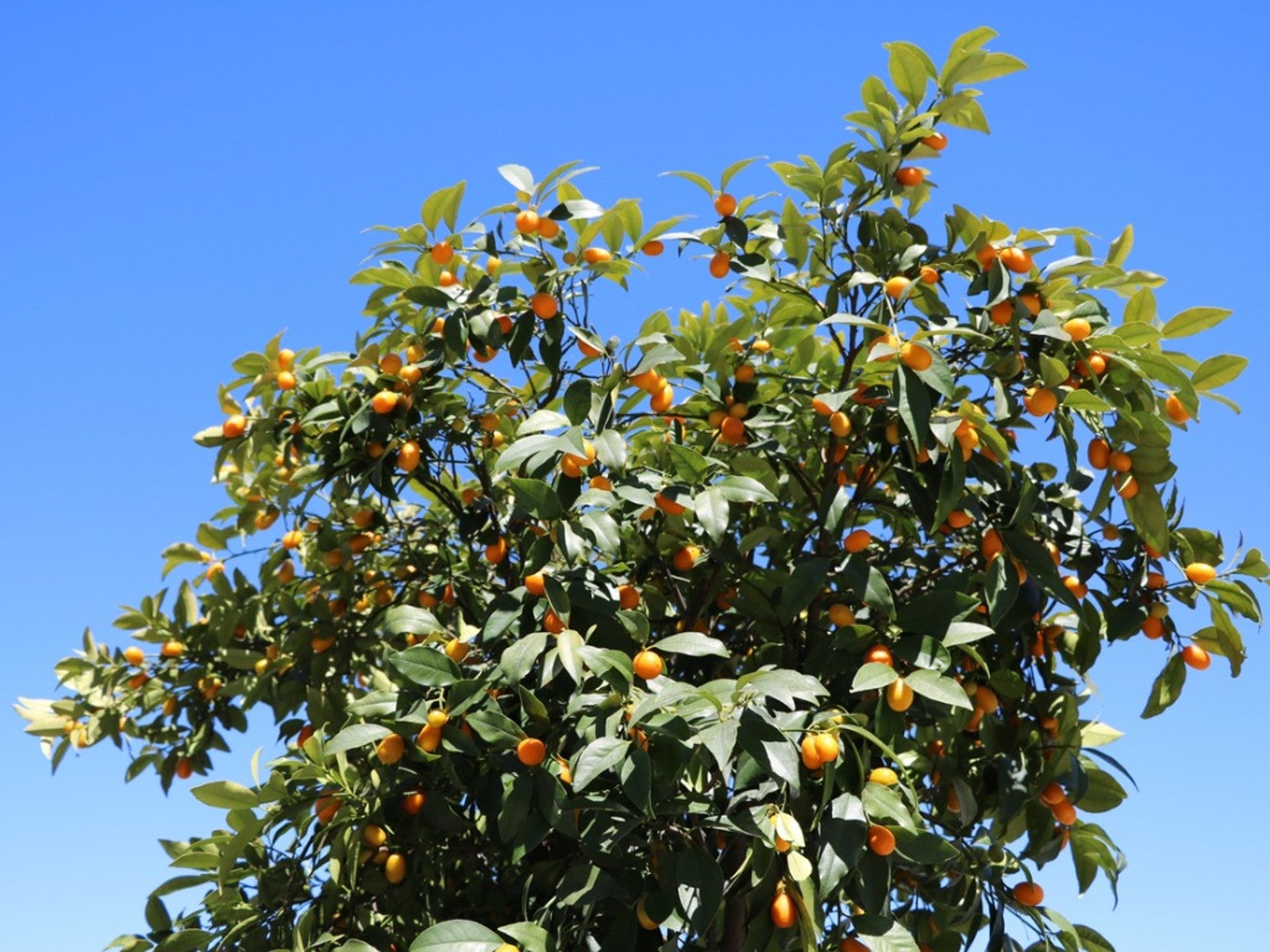 Trovita Dwarf Orange – How To Grow Trovita Orange Trees
Trovita Dwarf Orange – How To Grow Trovita Orange TreesTrovita dwarf orange is an orange tree that can be grown across a wide range of conditions, including indoors. Read on for more.
-
 Growing Navel Oranges – Learn About Navel Orange Care
Growing Navel Oranges – Learn About Navel Orange CareSweet, delicious, and easy to peel, navel orange is easy to spot because of the partially formed, belly-button-shaped orange that grows at the bottom end of the fruit.
-
 Can You Grow Store Bought Oranges - Planting Grocery Store Orange Seeds
Can You Grow Store Bought Oranges - Planting Grocery Store Orange SeedsAnyone looking for a cool indoor gardening project may want to try growing an orange tree from seeds. Click here to learn how.
-
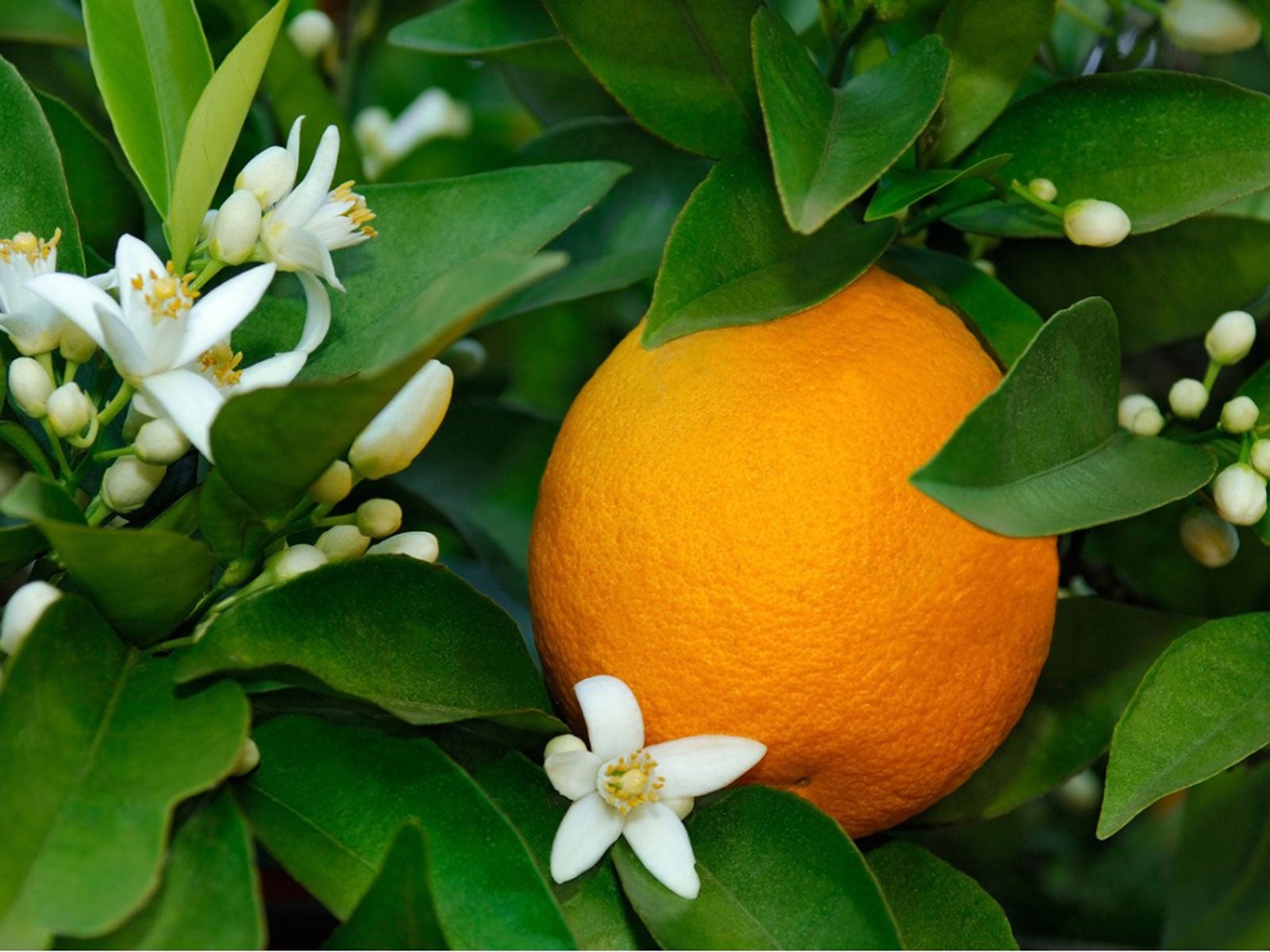 Flowering Orange Harvest: Tree Has Oranges And Flowers At Same Time
Flowering Orange Harvest: Tree Has Oranges And Flowers At Same TimeCan you harvest from a flowering orange tree? Should you allow both waves of fruit crops to come to orange harvest? Find out in this article.
-
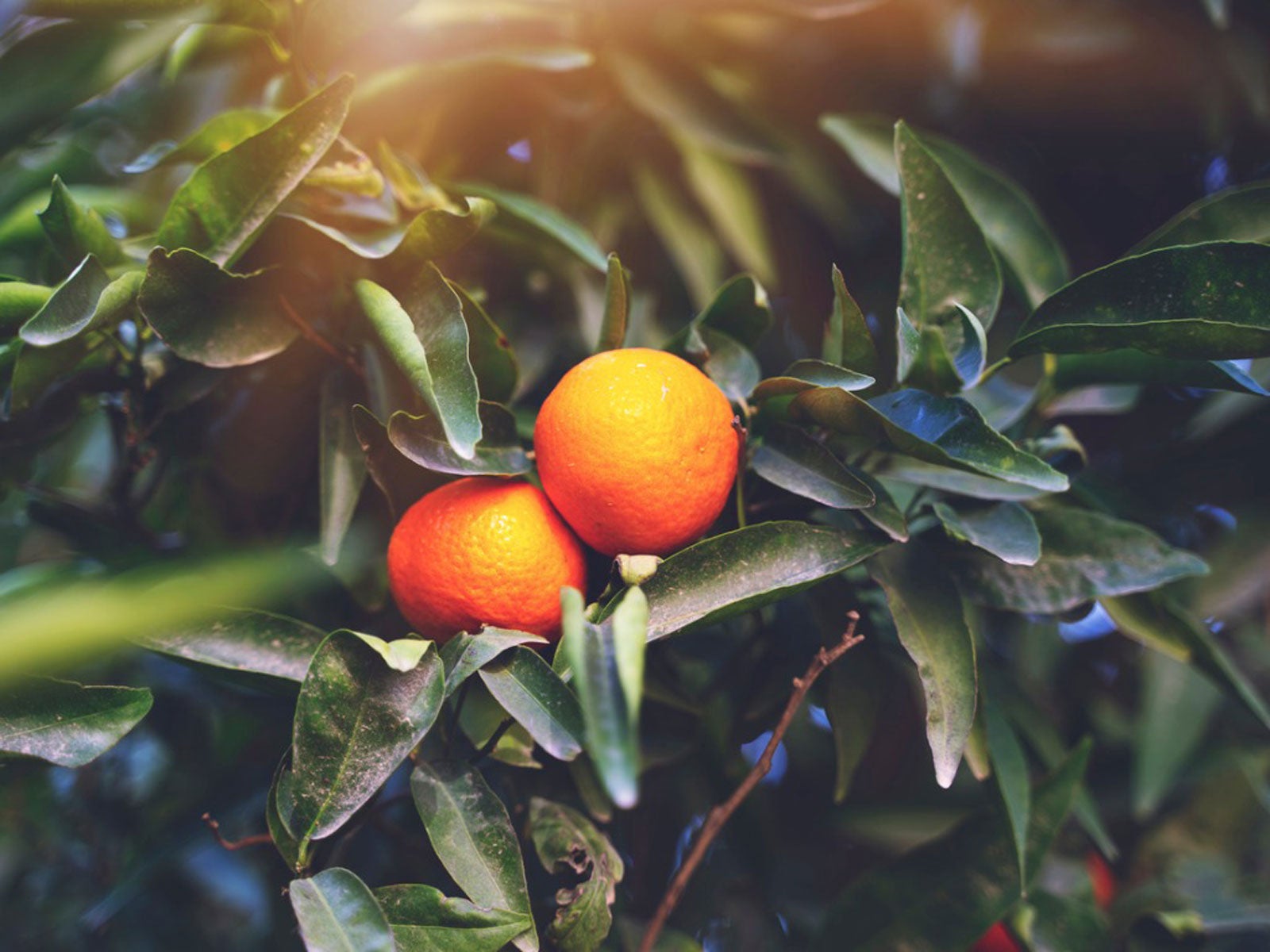 Small Orange Problem – What Causes Small Oranges
Small Orange Problem – What Causes Small OrangesThere are a variety of potential causes for small fruit on orange trees. Click here for an overview of causes of trees with small orange problems.
-
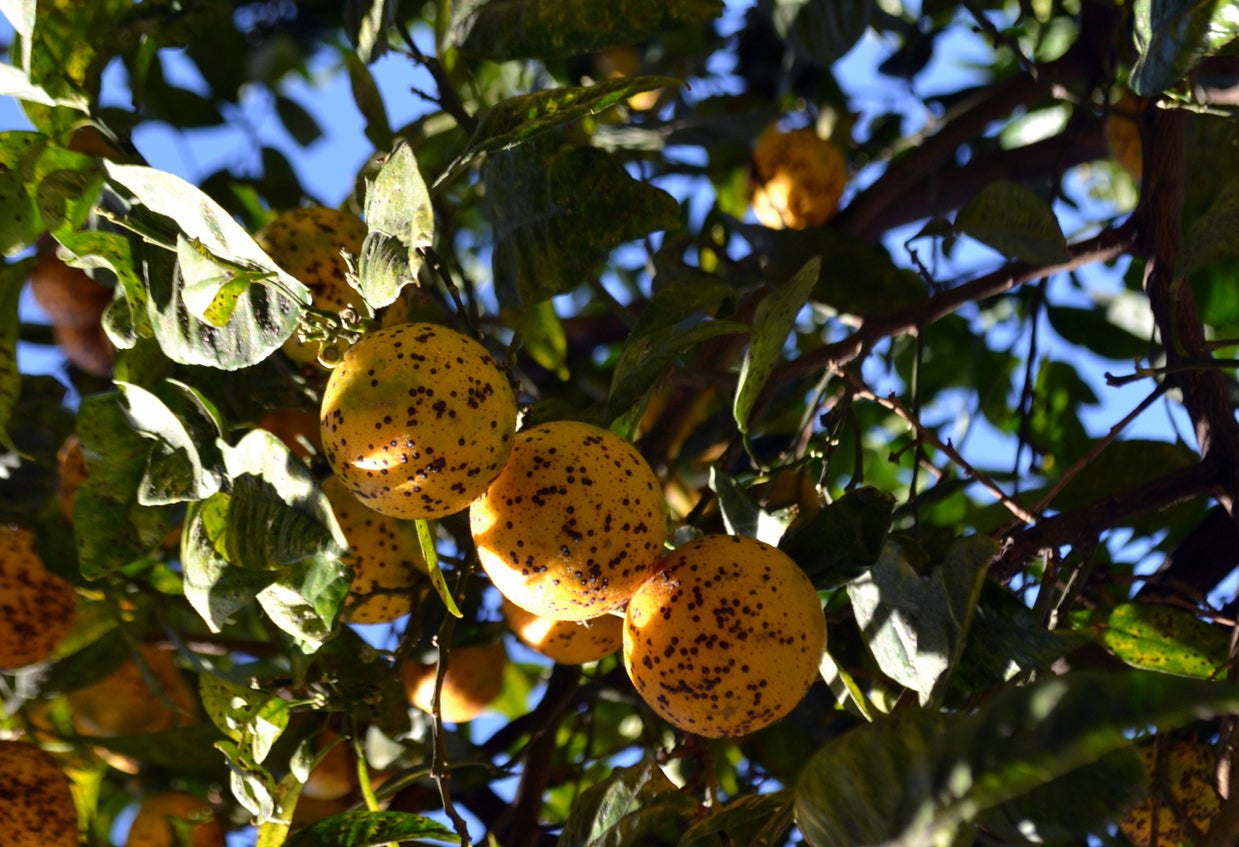 Diseases In Orange Trees: How To Treat A Diseased Orange Tree
Diseases In Orange Trees: How To Treat A Diseased Orange TreeGrowing oranges and other citrus can be a fun hobby for the home gardener, but it can also become derailed by disease. Know some of the main orange disease symptoms so you can catch and manage problems early and still get a great harvest of fruit. This article will help.